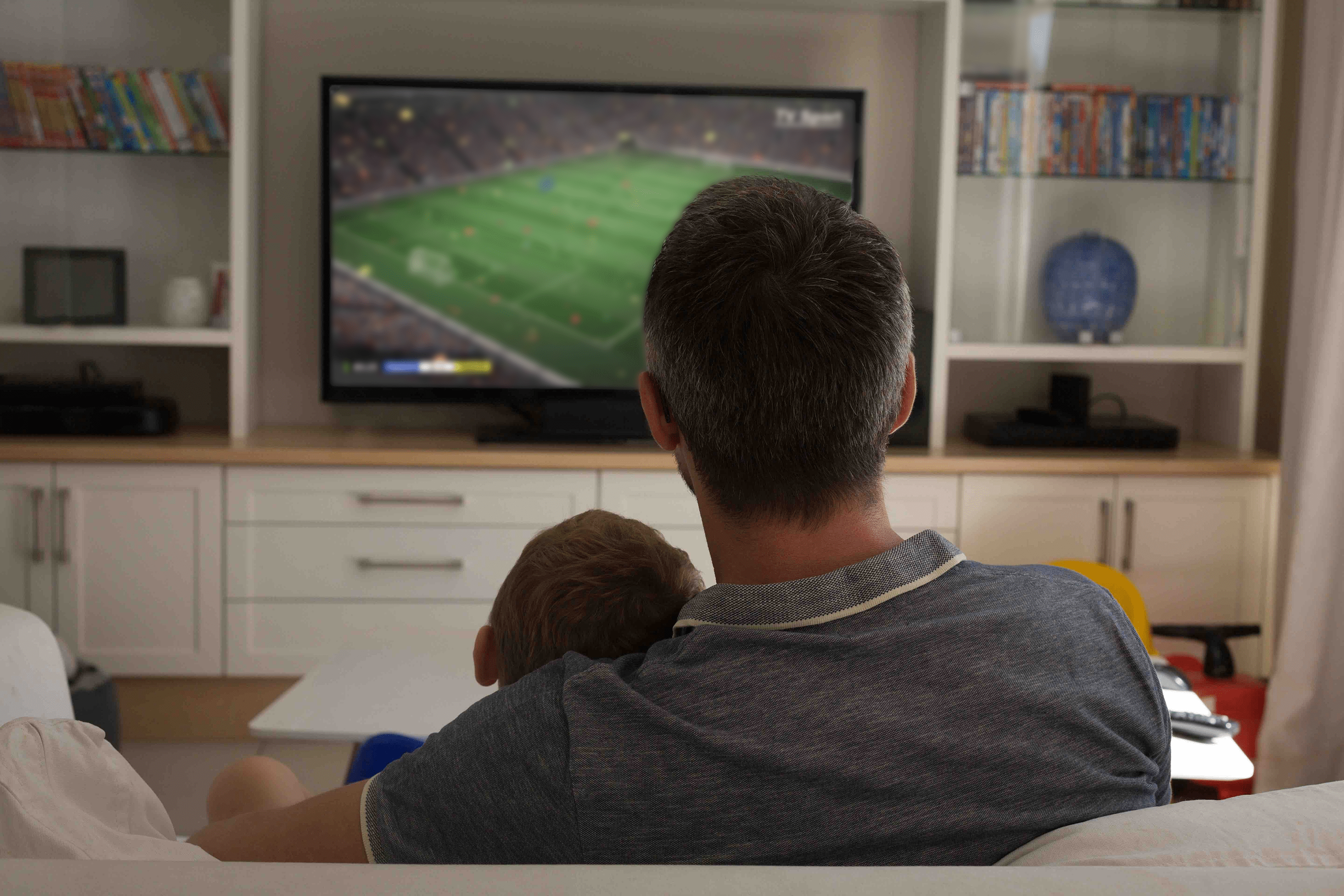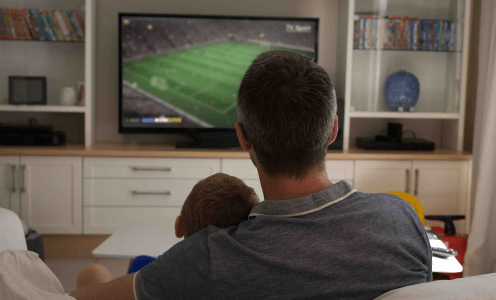Ryuji Yokoyama, President of Ryuji Yokoyama Office, published this statement on February 12, 2025.
Fuji TV Should Reduce Commercial Slots for a Stronger Future
Fuji TV should seize this opportunity to reduce commercial slots drastically. If commercial slots are filled with ACs (public service announcements by the non-profit Advertising Council Japan), viewer engagement will plummet further. Watching only ACs frustrates audiences, reaffirming the importance of diverse corporate commercials as essential content. Unlike YouTube, linear TV in Japan has long been built on the audience’s acceptance of ads in exchange for free content.
A New Approach: Fewer Commercials, More Engaging Content
Fuji TV can stand out by reducing commercial slots and increasing actual program airtime. This would create the perception of fewer interruptions compared to other stations, making programs more enjoyable to watch. Additionally, increasing the variety of program publicity materials would enhance engagement. Program publicity is a form of native advertising, and leveraging it effectively could help reclaim viewers.
Looking ahead, AI-powered native commercials could further strengthen this strategy. Since metadata is already available, AI could connect programs with brands intelligently, creating seamless, context-aware advertising experiences.
Reducing Ad Slots Won’t Kill Revenue—It Can Raise Unit Prices
Many assume cutting commercial slots would lead to revenue loss, but the real issue for TV in Japan is the low unit price of ads. Despite its advantages over digital video, TV advertising remains undervalued, and TV networks have made little effort to change this. While Nippon TV’s Ad Reach Max (AdRM) is its new advertising platform that makes it possible to manage ads flexibly like digital ads and has improved ad-buying methods, unit price increases remain an afterthought.
High-Quality Commercial Viewing: A Missed Opportunity
Studies on single-sponsor programs have shown that audience engagement remains stable even when transitioning from program content to commercials. For instance, in a program backed by a major cosmetics brand, viewer attention to commercials stayed at the same level as the main program, thanks to the high quality of the ads.
Rather than focusing on volume, TV stations should emphasize ad receptiveness and viewing quality, using these insights to justify premium pricing. However, as long as TV ads are sold at low rates, these discussions will remain out of reach. Fuji TV has a unique opportunity to be a pioneer in the industry, leading the way in drastically cutting ad slots and positioning commercials as premium content.
TV Must Evolve: The Future of Native Commercials
As TV reduces ad slots, it should prioritize program-driven, AI-powered native commercials. The future of ad creation is fast and automated, not slow and handcrafted. Delays in production risk missing the right timing for effective messaging.
Just like search ads succeed due to perfect contextual timing, native commercials work by aligning seamlessly with program content. TV stations that possess pre-broadcast metadata can lead this transformation, using AI to produce and optimize commercials in real time. If this shift continues, traditional ad agencies may become obsolete, as creative work is no longer necessary in ad production.
TV Advertising: The Long-Term Impact
A well-known case highlights the long-term effectiveness of TV advertising. A global food company once halted its TV ads, seeing no immediate drop in sales for six months. They assumed TV had little impact. However, after a year, sales plummeted, and even aggressive promotions failed to recover lost ground. It took another year of consistent TV advertising to regain brand strength.
Advertisers should not underestimate the cumulative power of TV communication. Once a brand loses its TV presence, restoring its former position requires a far more significant investment than maintaining ongoing exposure.
Persistence Wins in TV Advertising
Fuji TV has a chance to redefine its commercial strategy, demonstrating that fewer, high-quality ads can drive better engagement and long-term brand success.
Persistence is power—especially in TV advertising.

| Company Name | Sixsights inc. (Ryuji Yokoyama Office) |
| Office | 4-18-2, Nishi-Azabu,Minato-ku,Tokyo 106-0031 |
| President | Ryuji Yokoyama |
| URL | www.sixsights.co.jp |
| Business | ・Marketing Consulting ・Digital Transformation (DX) Advisory ・Brand Communication Strategy & Consulting ・Media & Budget Allocation Consulting ・Fractional CDO Services |


